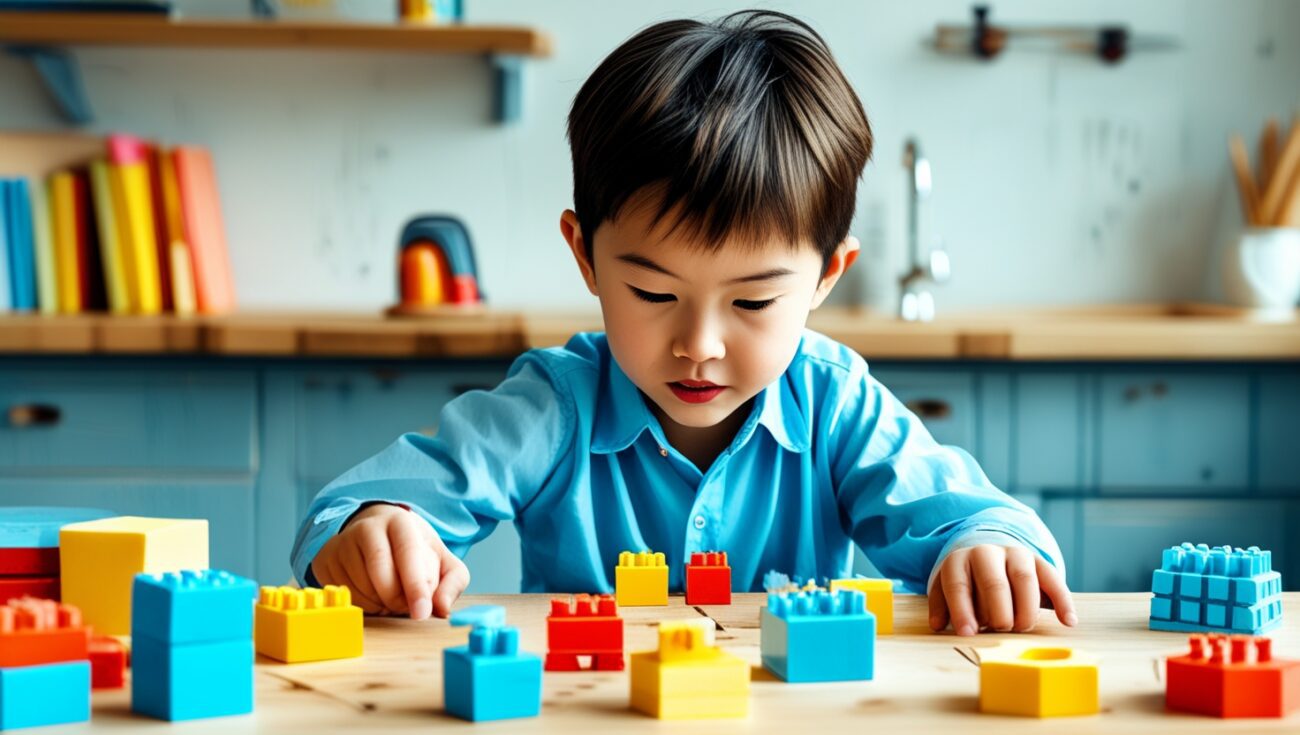Blog
How to Train Your Child to Transition Between Tasks Smoothly

Daily transitions—from playing to eating, or from screen time to homework—can be surprisingly tough for young children. While adults might switch tasks without thinking, children often need guidance to move from one activity to another without frustration or emotional breakdowns. Learning to transition smoothly is a developmental skill, and it’s one that can be taught with intention and consistency.
In this article, you’ll discover practical, playful, and effective ways to help your child master transitions. By using visual cues, routines, warnings, and fun engagement techniques, you’ll ease the stress around daily changes—for both your child and yourself.
1. Establish a Predictable Routine
Children thrive on predictability. Knowing what’s coming next gives them a sense of control and emotional security. When your child can anticipate the order of the day, transitions become less jarring and more expected.
Create Visual Schedules
Use a chart or poster with pictures of daily activities—waking up, breakfast, playtime, school, bedtime. This helps your child visually track their day and understand when one task ends and another begins. For toddlers or children with special needs, a visual schedule can be a game-changer.
Set Consistent Times
Keeping activities scheduled at the same time each day (e.g., lunch at 12 PM, nap at 1 PM) creates internal expectations for transitions. Over time, your child will begin to transition naturally based on the pattern you’ve established.
Use Timers
A simple timer can be an incredible tool. Set it for 5–10 minutes before a transition. When the timer beeps, your child knows it’s time to shift to the next activity. Choose fun timers shaped like animals or colors to make it appealing.
Why it helps:
Predictability reduces anxiety. When kids know what’s coming, they’re more likely to cooperate during changes.
2. Provide Warnings Before Transitions
Transitions often fail because they’re too abrupt. Giving your child a heads-up lets them mentally prepare to switch gears.
Use the Two-Minute Warning
Let your child know that a change is coming. Saying something like, “In two minutes, it will be time to put away your toys and get ready for bed” gives them space to wrap up what they’re doing.
Sing Transition Songs
Create or use fun songs for different parts of the day. A clean-up song, bedtime rhyme, or morning jingle becomes a pleasant cue that something new is starting.
Countdown Transitions
Countdowns can be fun and effective. For example, “We’re switching activities in 10…9…8…” This builds anticipation and helps them emotionally prepare.
Why it helps:
Advance notice reduces emotional shock. It supports your child’s need for predictability while giving them time to adjust their focus.
3. Make Transitions Fun
The key to smoother transitions is turning them into something children look forward to rather than something they dread.
Incorporate Playfulness
Make the transition itself part of a game. You can say, “Let’s be superheroes and fly to the bathroom for a bath!” or “Can you hop to the dinner table like a frog?”
Use Songs and Rhymes
Songs stick in kids’ heads. A happy transition tune can help guide them through tasks like brushing teeth, getting dressed, or cleaning up.
Offer Small Choices
When your child feels involved, they’re less likely to resist. Ask, “Do you want to put away your crayons or your blocks first?” or “Would you like to go to bed with your dinosaur or your teddy bear tonight?”
Why it helps:
Play engages children emotionally. Turning transitions into games or choices empowers them and makes the moment enjoyable rather than stressful.
4. Use Positive Reinforcement
Rewarding positive behavior reinforces the idea that transitions are a good thing and builds your child’s confidence in handling them.
Praise Cooperation
Catch your child doing something right. Say, “Wow, you cleaned up so quickly when I asked! Great job!” Praise should be specific and enthusiastic.
Sticker Charts and Small Rewards
Offer small incentives like stickers, extra story time, or a favorite snack when transitions go smoothly. This reinforces effort and helps form good habits.
Reinforce Calm Behavior
When your child handles a transition calmly—even if it’s tough—acknowledge their effort. Say, “I noticed you were upset but you still got ready for bed. That was very brave of you.”
Why it helps:
Positive reinforcement encourages repetition. Your child learns that adapting to change can lead to praise, pride, and reward.
5. Stay Calm and Consistent
Children mirror adult emotions. If you approach transitions with stress or frustration, they’re likely to react the same way.
Model Calmness
Even if your child resists, stay composed. A calm parent shows the child that there’s no need to panic. This creates a sense of safety around change.
Be Patient and Repetitive
Children need time and repeated exposure to learn how to transition smoothly. Some days will be easier than others—keep going and celebrate progress.
Use Encouraging Language
Avoid commands like “Hurry up!” or “Why aren’t you listening?” Instead, say, “Let’s do this together” or “You’re doing a great job getting ready!”
Why it helps:
Children sense emotional energy. A calm, confident tone builds trust, teaches emotional regulation, and makes difficult transitions smoother over time.
Helping your child transition between tasks smoothly is a skill that takes consistency, patience, and practice—but it’s worth every effort. Establish routines, offer timely warnings, make transitions fun, reinforce cooperation, and model calmness. These simple yet powerful techniques can turn even the most chaotic moments into manageable, and even enjoyable, experiences.
Every child is different, so stay flexible and adjust strategies to fit your child’s personality and needs. With time and encouragement, transitions will become just another skill your child masters on their journey to independence and emotional growth.






















